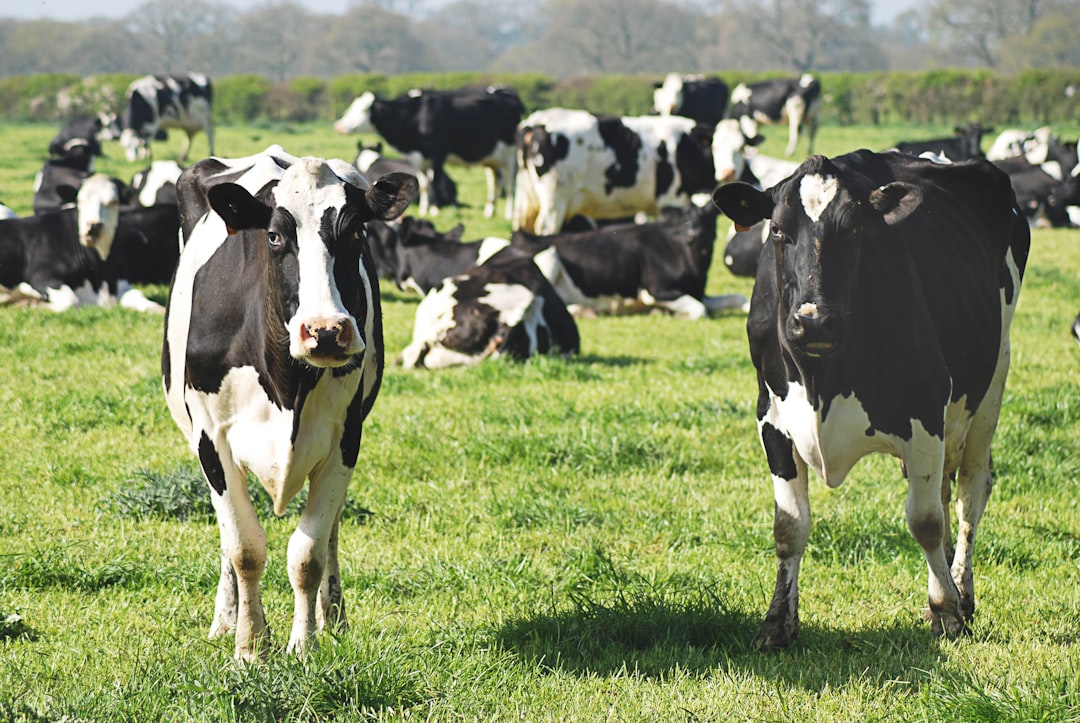What is it about?
We show that female Japanese macaques, which have a tight fit between mothers and neonates but no menopause, exhibit continuous development of pelvic shape even during adulthood. This process results in a more spacious pathway for the neonate in the maternal pelvis at advanced ages, possibly mitigating increased obstetrical risks.
Featured Image

Photo by Nagara Oyodo on Unsplash
Why is it important?
Our data contribute to the growing evidence that the female primate pelvis changes its morphology during the whole lifespan to adjust for changing functional demands during adulthood. Our findings indicate a possibility that the known human condition of pelvic development, which was thought to be unique to humans, could be a modified version of the "monkey pattern" with the acquisition of menopause.
Perspectives
Aging usually indicates a declining process of physical features. Interestingly, female Japanese macaques continue development well into late adulthood for childbirth. Nonhuman primates tell us about aging and aging-related skeletal changes, which are essential for understanding human evolution.
Naoki Morimoto
Kyoto Daigaku
Read the Original
This page is a summary of: Pelvic shape change in adult Japanese macaques and implications for childbirth at old age, Proceedings of the National Academy of Sciences, July 2023, Proceedings of the National Academy of Sciences,
DOI: 10.1073/pnas.2300714120.
You can read the full text:
Resources
Contributors
The following have contributed to this page










